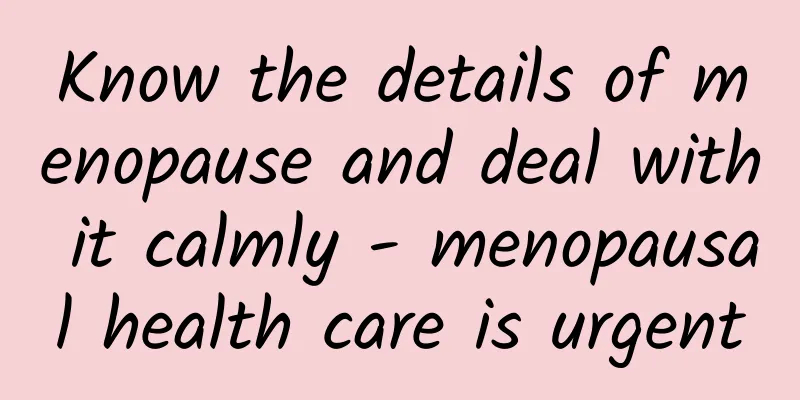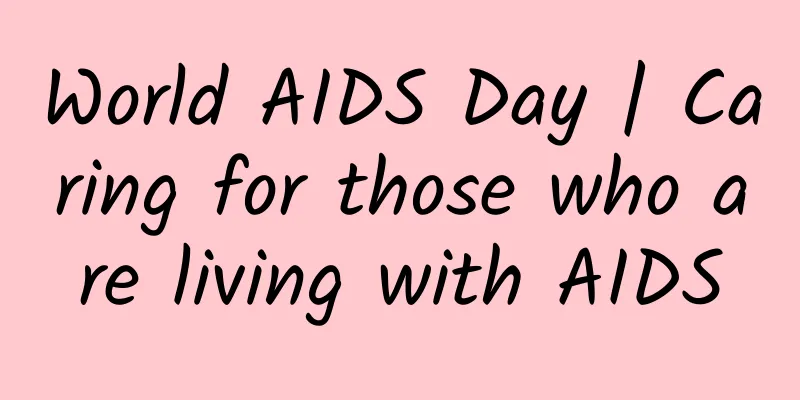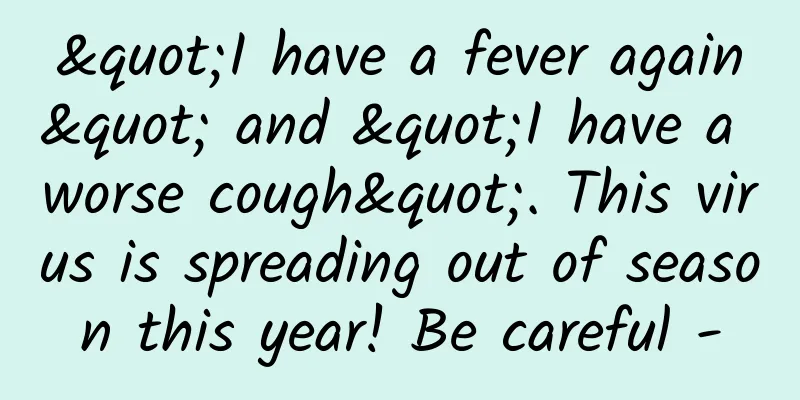How to treat nipple ulcers

|
Nipple ulcers are not common. Most of the time, they only occur in postpartum women. This is mainly caused by not paying attention to the personal hygiene of themselves and their babies when breastfeeding. This will not only affect their own health, but also affect normal breastfeeding. Therefore, it is best to take appropriate measures when you first discover it. In fact, nipple ulcers are very simple to treat, but most of the time, Western medicine should not be used for treatment, otherwise it will make the situation worse, and you will not be able to breastfeed your baby, which will prevent the baby from developing normally. Therefore, it is best to adopt traditional Chinese medicine treatment methods to avoid secondary damage. Inverted or flat nipples will greatly affect breastfeeding and should be actively corrected. Every time you scrub the nipple, gently pinch the nipple outward with your hands; or gently pull the nipple outward with your fingers while twisting it, and then wipe the nipple with 70% alcohol. Once the nipple skin becomes tough, it is no longer prone to inversion. Treatment: 1. When the nipples are cracked, apply hot and wet compresses before each feeding, massage the breasts to stimulate the milk ejection reflex, and then squeeze out a little milk to soften the areola, making it easier for the nipple to connect with the baby's mouth. 2. When feeding, suck the healthy breast first. If both breasts are cracked, suck the lighter side first. Make sure the baby holds the nipple and most of the areola in his mouth, and change the feeding position frequently to reduce the stimulation to the nipple when sucking hard. 3. After feeding, press the baby's lower jaw lightly with your index finger, and when the baby opens his mouth, take the opportunity to pull out the nipple. Do not pull the nipple out of the baby's mouth abruptly. 4. After each breastfeeding, squeeze out a little milk and apply it on the nipples and areola to keep the nipples dry. At the same time, the protein in the milk promotes the repair of damaged nipples. 5. When the fissure is very painful, do not let the baby suck. Use a breast pump to extract the milk in time, or squeeze out the milk by hand to feed the baby to reduce the inflammatory response and promote healing of the fissure. But do not give up breastfeeding easily, otherwise it will easily lead to a decrease in milk supply or the occurrence of milk boils and mastitis. 6. If the fissure does not heal for a long time or recurs, you should see a doctor as soon as possible and you can also receive traditional Chinese medicine treatment. For mild cases, you can apply cod liver oil drops for children, but the medicine must be washed off before breastfeeding. For severe cases, you should ask a doctor for treatment. |
>>: Symptoms of gynecological inflammation in women, be alert if these occur!
Recommend
What should pregnant women do if they have little amniotic fluid?
If a pregnant woman has less amniotic fluid, it m...
Authoritative answers! 7 practical questions about antigens: Can we only do nasal swabs? What should we do if the test is positive...
Yesterday, the Comprehensive Group of the Joint P...
The relaxation feeling of Guangdong people, just put on a shark clip and go out! But it may hide fatal hidden dangers...
In recent years Shark clips become a hot fashion ...
What flowers can be grown with indoor diffuse light? What does diffuse light look like for growing flowers?
Many people like to grow flowers and plants indoo...
How to eat hot pot when wearing contact lenses? Eating hot pot will not melt the contact lenses?
Generally speaking, there are basically three cat...
Cold lower abdomen during menstruation
In fact, many women encounter many problems durin...
How to choose a women's private parts care solution
Women's sexual organs are very delicate, and ...
Weight loss exercises to reduce belly fat, powerful fat burning to reduce belly fat quickly
For white-collar workers who often sit in the off...
Can adding a spoonful of oil and vinegar to rice really reduce the rate of blood sugar rise? The truth is...
Recently, several acquaintances have asked me: Wh...
How can a woman's feet become white after being tanned?
How to whiten tanned feet is a concern of many fe...
What are the foods that nourish the kidneys for women?
There are quite a lot of foods that can nourish t...
Caries, gingivitis... How to treat these 4 dental problems that make you lose your appetite? You will understand after reading this →
Caries, gingivitis, dental trauma and malocclusio...
What medicines are there to maintain ovaries
Many women with poor fertility have this problem ...
What causes nipple pain before period?
With the increase in breast diseases, especially ...
How to decorate the entrance corridor if it is too long? Decoration design skills for long entrance corridor
We all know that every house has a different layo...









